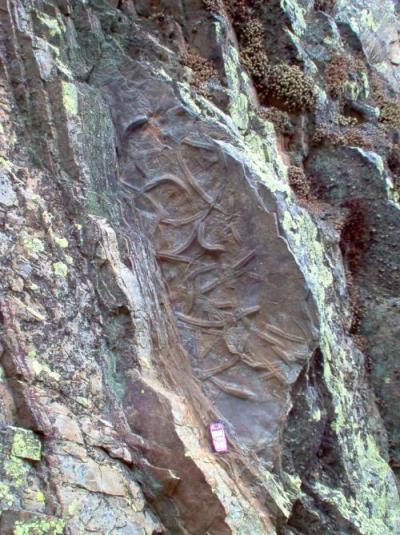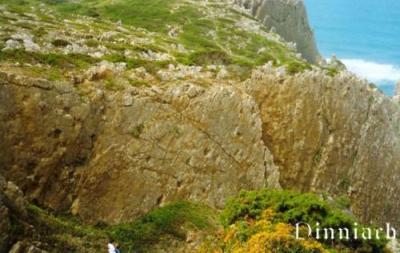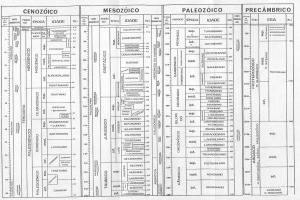Paleontology
Teacher: [Fire fae]
In this class I hope to teach you something about the record of ancient life that is fossils. All questions are welcome as long as they are paleontology related.

To start, we first need to understand what the word fossil means and refers too. When we look at the origin of the word, we find that it was first used by
Plíno (I a.C.) to name something that
"is extracted by digging".
The current definition of fossil is as follows:
Fossil:Is every remain of biological structures, or evidences of their organic activity, that have been preserved through geological processes.
Organic, natural structures, and paleo-organism
ic trails suffered digenetic actions more or less significant and eventually metamorphic action of a low degree.
If we consider the records mentioned above as two different categories we get Somatofossils- remains of organic structures or any part of the body of the paleo-organism, and Icnofossils - track or any other trace of organic activity.

The two photos below show examples of Somatofossils.

Trilobite, these creature made tracks like the ones you can see bellow.

Ammonite fossil - cephalopod dominant in the Mesozoic era.

The two photos below show examples of Icnofossils.

Cruzians – Trilobite tracks with more than 450 million years ago.

Tracks made by Iguanodon and Megalossaurus Dinosaurs.

What is likely to become a fossil?
Usually the more resistant organic structures are the ones that endure through the digenetic process that originate fossil. Hence anything from a shell, egg, leaf, seed, to a footprint, the skeleton of a big dinosaur to the shell of a little unicellular creature can become a fossil. The ‘quality’ of a fossil will depend, not only on how strong the structures are (since that is not always the case) but also on the sediment the structure/track is imbedded.

Something we must have present at all times when studying the past is the Stratigraphic timetable.

(To view bigger click on the image. I'm sorry but I couldn't find the english version of it anywhere. The basic difference for the english version is that you have to take the "o" from the end of the names.)

Here are some interesting links where you can find out more about the subject:
http://members.cox.net/jdmount/paleont.html - Colection of links to institutions related to paleontology.
http://www.journalofpaleontology.org/ - Latest news of the paleontologic world.
http://www.ucmp.berkeley.edu/ - Great site to be explored by the curious student.
http://www.trieboldpaleontology.com/mounting/ - Here you can see the reconstitution of creatures through their fossilized skeleton.
http://strata.geol.sc.edu/ss-chrono.html - This is a Stratigraphy site, which is a subject dependent on the fossil record study we are discovering in this class.

Back to Geology or the Elftown Academy

| Show these comments on your site |
 Stumble!
Stumble!










